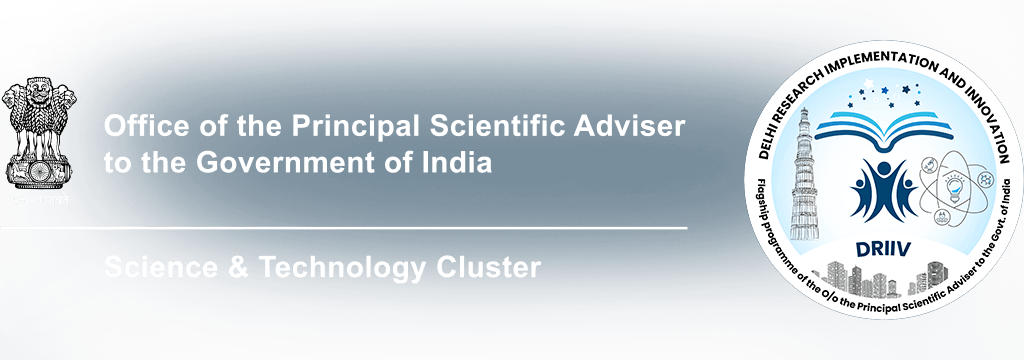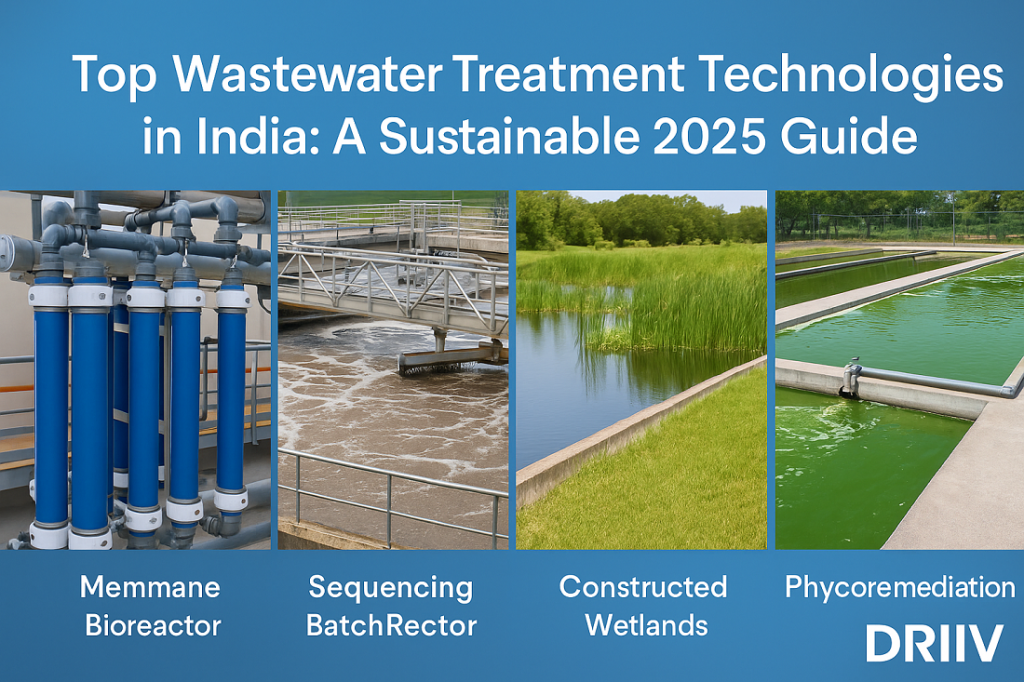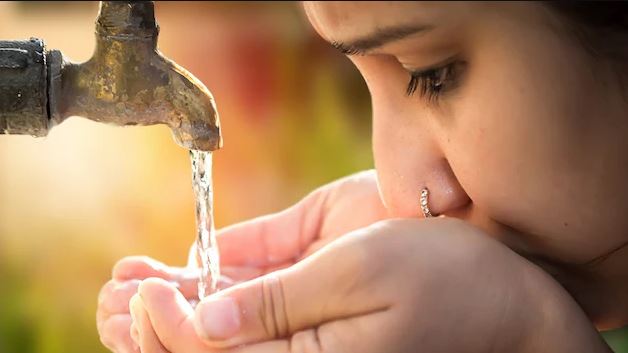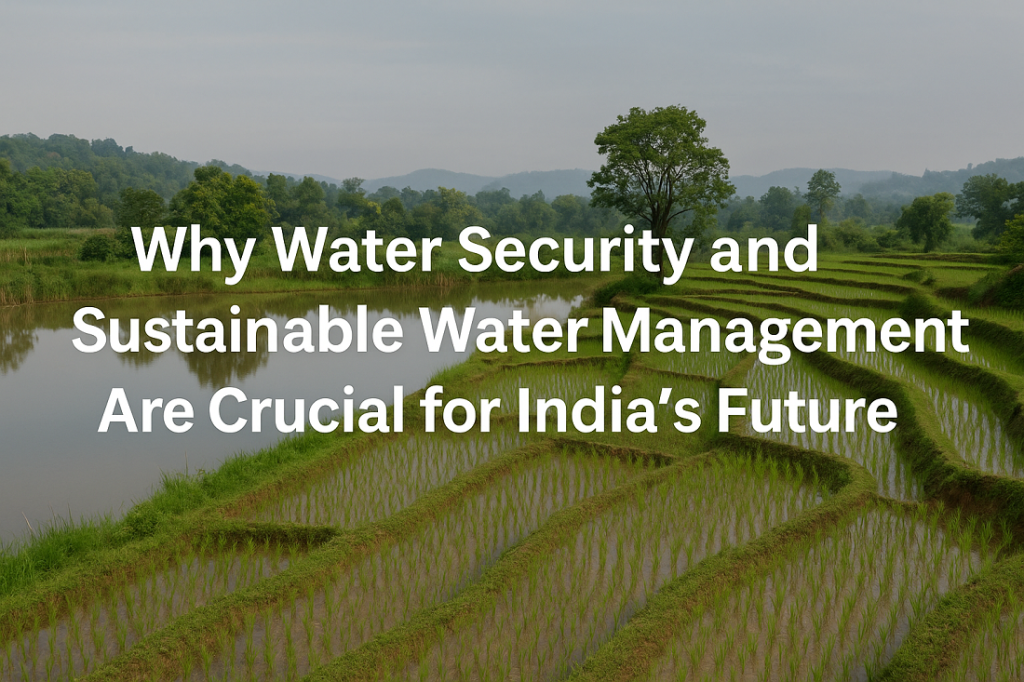As India strides toward achieving sustainability goals under Viksit Bharat 2047, managing and treating wastewater has emerged as a national priority. With rapid urbanization and industrial expansion, untreated wastewater poses a significant threat to water security in India, public health, and ecosystems. Therefore, investing in innovative Wastewater Treatment Technologies is essential to ensure sustainable water management, promote water conservation, and enable the control of water pollution.
This blog by DRIIV explores the top wastewater treatment technologies making waves in India, their benefits, challenges, and how they are aligned with building a cleaner and greener India in 2025 and beyond.
Why Wastewater Treatment Matters in 2025
India generates more than 61,000 million liters of wastewater every day. Yet, only about 30% of this is treated before being released into rivers, lakes, or reused. The untreated discharge leads to:
- Depletion of clean water resources
- Waterborne diseases
- Ecosystem degradation
- Increasing water stress in urban and rural areas
Hence, robust Wastewater Treatment Technologies are not just an environmental need, but a national imperative to strengthen water security and promote sustainable development.
Top Wastewater Treatment Technologies in India (2025)
1. Membrane Bioreactor (MBR) Technology
MBR combines membrane filtration with biological treatment. It provides high-quality effluent ideal for reuse in industrial processes, gardening, and even flushing.
Benefits:
- Compact design
- High removal of organic matter and pathogens
- Suitable for urban areas
Applications:
- Municipal wastewater treatment
- High-load sewage treatment in IT parks and townships
2. Sequencing Batch Reactors (SBR)
SBR systems are cost-effective and flexible. They treat wastewater in batches, allowing operators to control the process precisely.
Benefits:
- Reduced space requirements
- Low operational cost
- High efficiency in nitrogen and phosphorus removal
Used by: Smart Cities, Residential Colonies, STPs in semi-urban areas
3. Moving Bed Biofilm Reactor (MBBR)
MBBR uses biofilm-coated plastic carriers that move in aerated water, ensuring effective treatment.
Benefits:
- Less sludge production
- Low maintenance
- Suitable for retrofitting older treatment plants
Popular in: Industrial effluent treatment plants
4. Constructed Wetlands
These are nature-based systems designed to mimic natural wetlands using aquatic plants and soil microbes.
Benefits:
- Low energy requirements
- Natural control of water pollution
- Adds greenery and biodiversity
Ideal for: Rural areas, small townships, decentralized sanitation
5. Phycoremediation: A Green Technology
Phycoremediation uses microalgae and macroalgae to remove contaminants from wastewater. This method is gaining popularity due to its sustainable water management benefits.
Benefits:
- Captures CO₂ while cleaning water
- Produces algal biomass that can be used as biofertilizer
- Effective in removing heavy metals and nutrients
Supported by: Research labs, IITs, and emerging environmental startups
6. Zero Liquid Discharge (ZLD) Systems
ZLD ensures that all wastewater is treated and reused, with no discharge into the environment.
Benefits:
- Ideal for water-scarce regions
- Complete water conservation
- Helps industries comply with pollution norms
Common in: Textiles, chemicals, and dyeing industries
7. Electrocoagulation
This technique applies electrical current to remove suspended solids, heavy metals, and oil.
Benefits:
- Fast treatment process
- Efficient for industrial waste
- Environmentally safe
Adopted by: Oil refineries, food processing units
Government Initiatives Supporting Wastewater Treatment in India
India has recognized the urgency of water security and is supporting wastewater treatment through several programs:
- Namami Gange Mission: Upgrades sewage infrastructure across the Ganga basin
- Jal Jeevan Mission: Focuses on safe drinking water and wastewater reuse
- AMRUT & Smart Cities Mission: Invests in urban wastewater management
These initiatives promote a circular water economy where treated wastewater is reused, helping in sustainable water management and control of water pollution.
The Role of Startups and Innovation Clusters
Startups and innovation platforms like DRIIV (Delhi Research Implementation and Innovation) are playing a crucial role in bridging research and real-world implementation.
DRIIV fosters:
- R&D collaborations between academia and industry
- Deployment of green technologies like Phycoremediation
- Pilot-scale demonstrations of novel Wastewater Treatment Technologies
By connecting stakeholders across sectors, DRIIV accelerates solutions for water security in India.
Challenges in Adopting New Wastewater Technologies
Despite promising innovations, India faces hurdles such as:
- High capital costs for advanced systems
- Lack of skilled workforce
- Poor O&M practices in existing plants
- Fragmented governance structures
However, with increasing awareness, policy reforms, and financial incentives, these barriers are slowly being addressed.
Water Conservation Through Treated Wastewater Reuse
Treated wastewater has immense potential for water conservation. It can be used in:
- Urban landscaping and parks
- Toilet flushing in buildings
- Agriculture and horticulture
- Cooling in industries and power plants
With proper treatment, it becomes a resource rather than a waste, reducing the pressure on freshwater sources.
Towards a Sustainable Water Future
To build a sustainable 2025, India must:
✅ Encourage decentralized wastewater systems in rural areas
✅ Promote low-cost, low-energy solutions like constructed wetlands
✅ Scale up algae-based Phycoremediation
✅ Incentivize industries to adopt ZLD and reuse treated water
✅ Improve public awareness and participation
Every citizen, institution, and industry must contribute to achieving water security in India through sustainable water management.
FAQs: Wastewater Treatment Technologies in India
Q1. Why is wastewater treatment important for water security in India?
Untreated wastewater pollutes rivers and depletes freshwater resources. Treating it ensures that clean water is available for all, enhancing water security and health.
Q2. What is Phycoremediation, and how does it help in wastewater treatment?
Phycoremediation is a biological process using algae to clean wastewater. It removes contaminants and absorbs CO₂, making it a green and sustainable solution.
Q3. Which are the most commonly used Wastewater Treatment Technologies in India?
MBR, MBBR, SBR, constructed wetlands, and ZLD are widely used. Emerging solutions like Phycoremediation are gaining traction due to environmental benefits.
Q4. Can treated wastewater be reused in agriculture?
Yes, treated water can be safely reused for irrigation, reducing the need for freshwater in farming and supporting water conservation.
Q5. What role does DRIIV play in promoting wastewater treatment in India?
DRIIV fosters collaboration between researchers, industries, and government bodies to deploy cutting-edge Wastewater Treatment Technologies for environmental sustainability.
Q6. How is India controlling water pollution from industries?
Through strict norms, real-time monitoring, and promoting Zero Liquid Discharge (ZLD), industries are being pushed to treat and reuse their wastewater responsibly.
Q7. Are there cost-effective wastewater solutions for rural areas?
Yes, constructed wetlands and decentralized bioreactors are affordable and efficient solutions for rural and peri-urban regions.
Conclusion
The future of water security in India lies in innovation, collaboration, and awareness. From traditional treatment plants to algae-based Phycoremediation, India is embracing diverse solutions to manage its wastewater sustainably.
At DRIIV, we believe in leveraging science and technology to solve real-world challenges. Our mission is to support the deployment of sustainable Wastewater Treatment Technologies that contribute to water conservation, control of water pollution, and a cleaner environment for all.
Together, let’s treat wastewater not as a problem—but as a powerful opportunity for a better tomorrow.




